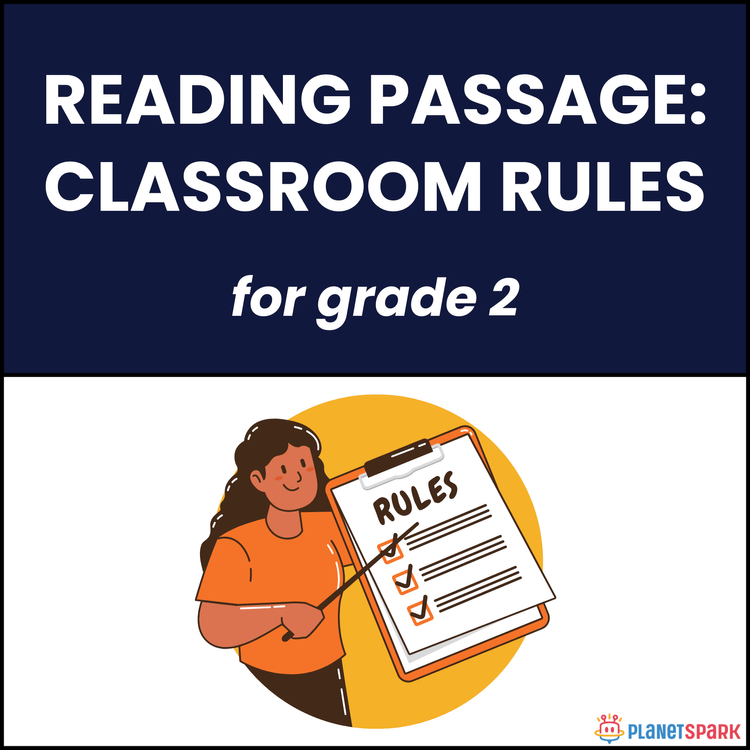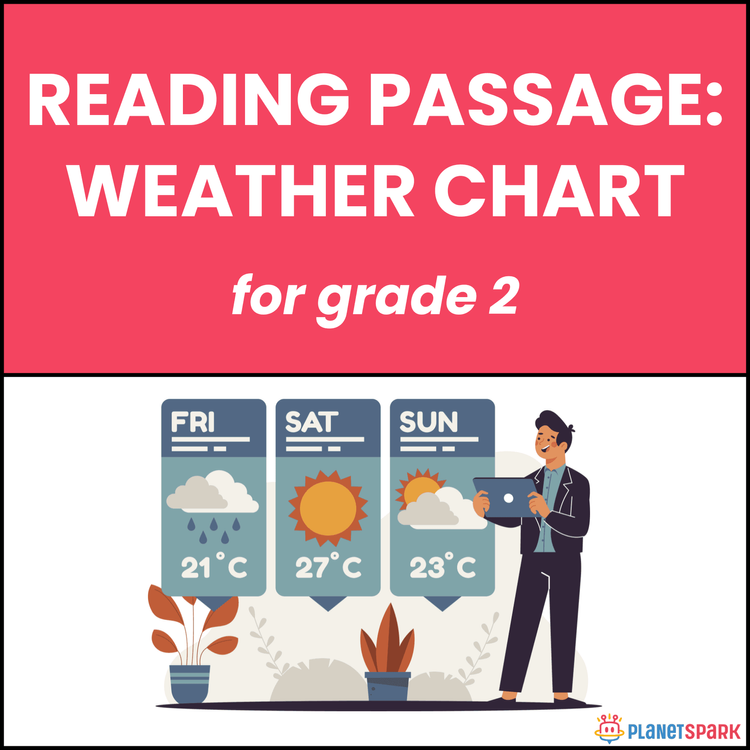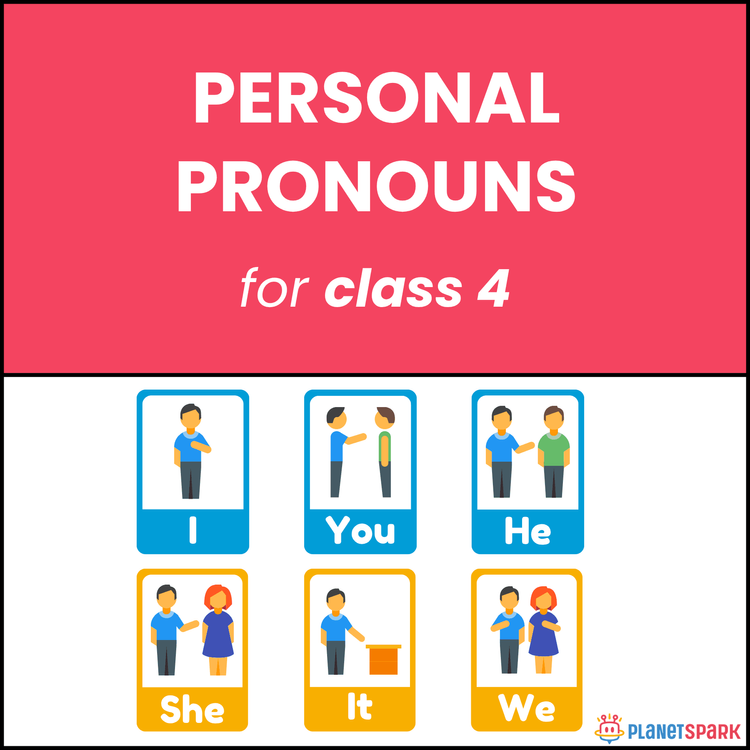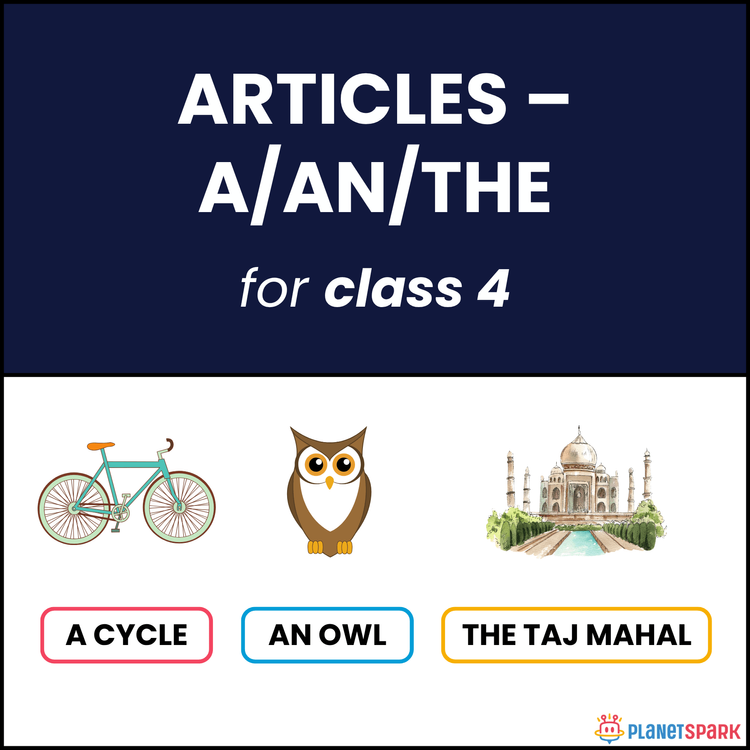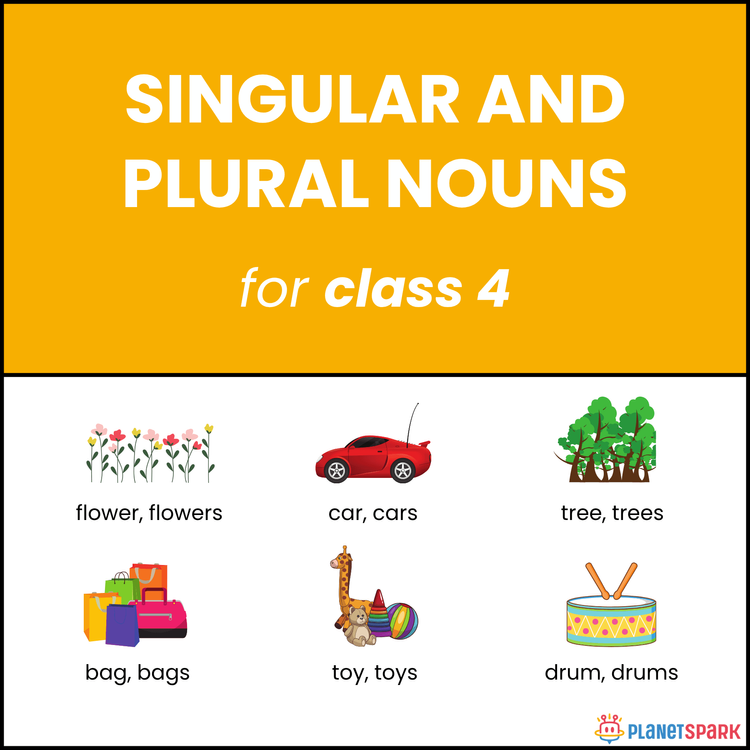Opposite Prepositions Worksheet for Grade 2
English GrammarClass 2Free DownloadPDF
Banani GaraiVisit Profile
Nurturing lives for 30+ years with a passion for language, confidence, creativity & innovation - BCA, MBA, TESOL-certified Educator, Curriculum Designer, Content Creator, System Designer & AI Pedagogy Expert.
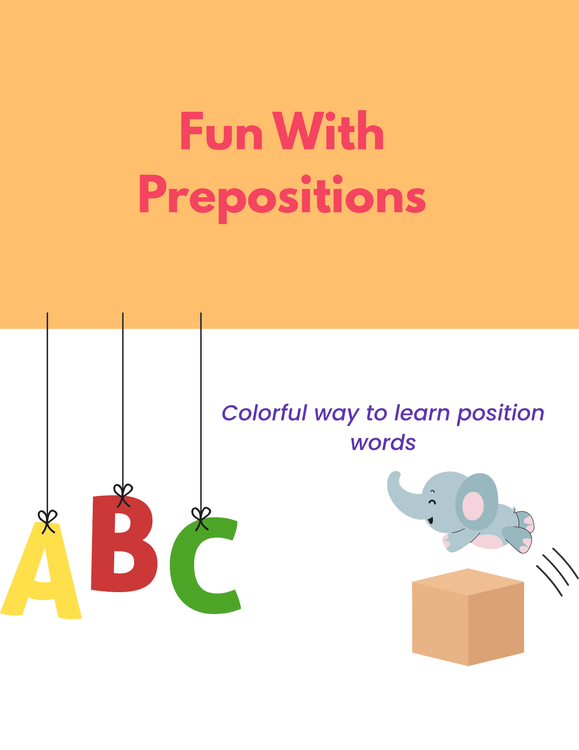

Opposite Prepositions Worksheet for Grade 2
English GrammarClass 2Free DownloadPDF
Banani GaraiVisit Profile
Nurturing lives for 30+ years with a passion for language, confidence, creativity & innovation - BCA, MBA, TESOL-certified Educator, Curriculum Designer, Content Creator, System Designer & AI Pedagogy Expert.
What’s Inside the Worksheet
This worksheet is packed with fun and educational exercises to help Grade 2 students master opposite prepositions. It includes two sections — multiple-choice questions and fill-in-the-blank sentences — carefully designed to build clarity and confidence in using prepositions in everyday language.
The first section asks children to choose the correct opposite preposition for common words like up, inside, over, in, and above. This helps them identify opposites through visual association and logical reasoning.
The second section provides simple, engaging sentences where students fill in the blanks with correct opposite prepositions. For example, they’ll complete sentences such as “The cat climbed ___ the tree, then came ___.” These exercises not only enhance grammar but also improve comprehension, reading, and writing skills.
By solving this worksheet, students can enjoy learning through examples that relate to daily life, making grammar lessons easy and memorable.
Why It Is Important to Solve This Worksheet
Understanding opposite prepositions is an essential part of early grammar learning. This worksheet helps children recognise how words like in–out, up–down, and over–under describe positions, directions, and relationships between objects. When students practise such contrasts, they build a strong foundation in English communication.
Solving this worksheet also develops spatial awareness — helping children visualise where things are in relation to one another. This is a vital skill not only for grammar but also for reading comprehension and everyday understanding.
For teachers, this worksheet serves as a handy classroom activity or homework tool to reinforce grammar concepts. Parents can use it as a quick revision exercise at home. By practising opposite prepositions in a fun, question-based format, children learn naturally through context rather than memorisation.
In short, this worksheet turns grammar learning into a fun, interactive experience encouraging confidence, curiosity, and accuracy in English usage.
Who Can Use This Worksheet?
This worksheet is perfect for Grade 2 students who are learning about prepositions and their opposites. It’s also a great resource for teachers looking for engaging classroom or homework materials, and for parents who wish to support their child’s grammar learning at home. The simple structure and familiar examples make it suitable for both individual and group practice. Additionally, it can be used as a revision or assessment tool to test understanding of opposite prepositions in an enjoyable way.
Answer Key
Multiple-Choice Questions
Opposite of up → down
Opposite of inside → outside
Opposite of over → under
Opposite of in → outside
Opposite of above → below
Fill-in-the-Blanks
The cat climbed up the tree, then came down.
The ball went inside the box and rolled outside.
The bird flew over the bridge and then went under it.
The monkey climbed up the wall and jumped down.
The dog ran outside the house to play and came inside for food.
Frequently Asked Questions
Opposite prepositions are pairs of words that show opposite meanings, such as in–out, up–down, and over–under, used to describe direction or position.
Parents can use it as a fun quiz or daily grammar practice to help children strengthen their understanding of prepositions through simple, real-life examples.
Absolutely! Teachers can use it for classroom practice, quick grammar tests, or revision sessions to make preposition learning interactive and engaging.
Children will improve their grammar, vocabulary, comprehension, and spatial understanding, helping them communicate more accurately in English.

